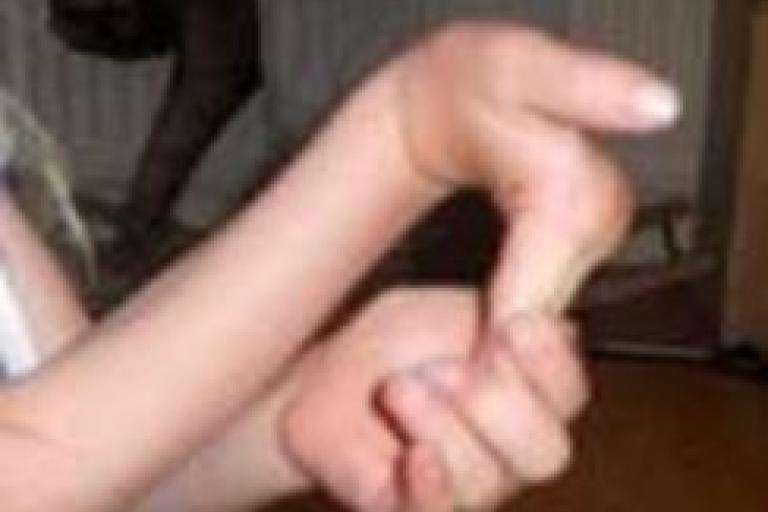Flexible (hypermobile) joints
Hyper means ‘more’ and mobility means ‘movement’ and so children who are hypermobile have more movement in their joints than their peers and have less stability in their joints. They can put themselves in strange positions and do party tricks with their joints. For example, bending their thumb to get it to touch their forearm!
In most cases this is due to the child having more elasticity in their connective tissue (the bits that hold the body together).

Children are generally more flexible than adults and in most cases their joints will stabilise as they get older. They may be flexible in one or two joints or in all the joints in their body. Most children with hypermobility will have no problems with their joints but in a few cases they may experience discomfort, which might cause problems participating in activities.
